The Puye Cliff Dwellings
The Tewa name ‘Puye’–of the Puye Cliff Dwellings–means ‘pueblo ruin where the rabbits assemble or meet’. These cliff dwellings housed about 1,500 people in two levels cut into the side of the soft rock. The Puye Cliff Dwellings run over a mile at the base of the mesa. And atop the mesa is the “Community House” which is accessed by stairways, ladders and paths cut into the cliffside.
I am always fascinated by this type of living arrangement. Why here? For how long? In the case of this settlement, it was founded around 900 A.D. and the demise of the community coincided with a drought around 1580. Survivors moved closer to water sources, such as the Rio Grande, about 10 miles to the east. The modern day residents of the Santa Clara Pueblo are descendants of these early people. And I was lucky enough to visit with one of them–Jeff Roller (see below), a Native American potter and artist.
The Cliff Dwellings are remote. So I was surprised to find a Harvey House at Puye Cliff Dwellings. Harvey Houses were founded in 1876 by Fred Harvey to provide quality food to affluent travelers on the railroad. They were relative upscale and luxurious, known for the Harvey Girl servers, and generous portions of good food. I first ran across Harvey Houses in Las Vegas, NV.
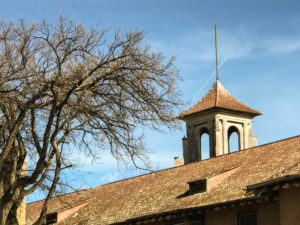
The Las Vegas, NM Harvey House is undergoing renovation
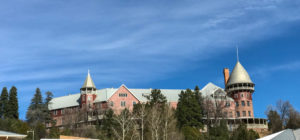
This is the Harvey House just outside of Las Vegas, NM
The Harvey House at Puye Cliff Dwellings is rather different from its sister establishments:
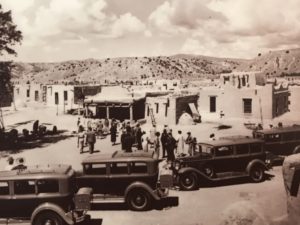
The Harvey House at Puye Cliff Dwellings
In the day, exploring the southwest was adventuresome and chic. This Harvey House located on the Indian reservation provided rudimentary shelter, but more importantly, brought tourism to the The Puye Cliff Dwellings.
Today the Puye Cliff Dwellings are run by the Santa Clara tribe. Many of the tribe members are descended directly from the original inhabitants. The culture has been kept alive through a preservation of tradition. No where is this more evident than in the art and pottery of the Santa Clara Pueblo.
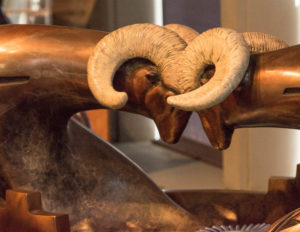
Close up of a bronze by Jeff Roller, from the Toni Roller Gallery
Earth, Spirit, Fire and Art
“After nourishment, shelter and companionship, stories are the thing we need most in the world.”
–Philip Pullman
And the stories of the Santa Clara Pueblo and the Puye Cliff Dwelling people are told through their pottery.
The Santa Clara Pueblo is famous for its dramatic and highly prized black and red pottery. The pottery images in the slider above are compliments of Jeff Roller, Native American artist. Please visit his on-line gallery for to see a full selection of his art which ranges from contemporary to traditional.
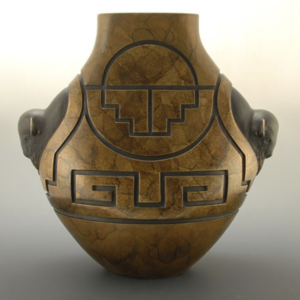
“Unity” – Bronze Double Buffalo Vase by Jeff Roller
Jeff Roller, his brother Daryl, and his son Jordan are among the few potters who still follow the traditional process. Others have turned to commercial clay and processing. So I was incredibly fortunate to be able to see the traditional process of creation through the eyes of Jeff Roller.
From his website:
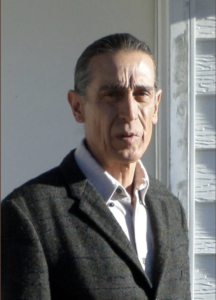
Jeff Roller, Native American Artist and Potter
Jeff Roller is the sixth generation of potters in the Tafoya family from Santa Clara Pueblo in New Mexico’s Rio Grande River Valley. He first remembers digging clay as a young boy. He went with his grandmother and mother to the clay pits in the foothills near Santa Clara and Puye Cliffs, the dwellings of his ancestors from about 900 to 1580 A.D.
Jeff remembers those early trips as powerful, but also almost scary. Even as a child, he knew that spirituality and the making of pots were inseparable. “My grandmother made the prayers at that time. I knew that I had to have the right respect. If not, I couldn’t take the clay,” Jeff says now.
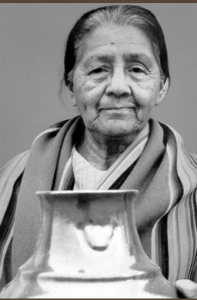
Margaret Tafoya. Jeff’s Grandmother
The Toni Roller Indian Pottery Studio & Gallery (Toni is Jeff’s mother) is tucked away on a side street near the Santa Clara Pueblo, just north of the Puye Cliff Dwellings. Toni Roller is the daughter of Margaret and Alcario Tafoya and a fifth generation potter in the Tafoya Family of Kha-Po’ Owingeh–Santa Clara Pueblo. Her son, Jeff has continued the family tradition of crafting exquisite pottery, as well as intricate and magnificent bronzes.
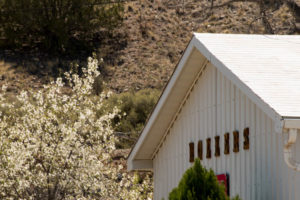
The grounds of the Toni Roller Gallery
The gallery is a simple house. The simplicity of the setting belies the work that lies inside. Because inside this simple house, art is conceived, fired and born.
I didn’t know what to expect from a pottery demonstration, but nothing could have prepared me for what I was about to see. I was about to witness creation in its finest and most elemental form.
Each piece of pottery has a lineage and a soul that is born from earth, spirit and fire.
From The Earth, Comes The Clay
The process of preparing the clay is akin to the touch of a great chef carefully finding, touching and selecting each every ingredient. It’s a process that depends on feel, touch, experience and detailed knowledge of local geography and resources. No recipe can contain the wisdom of fingers tuned to the touch of the clay as it is prepared for its journey from earth to art.
The clay is carefully selected, primarily from the hills of the Santa Clara Reservation. The clay chunks are manually dug from the earth, then dried and crushed, soaked and screened.
The material is meticulously prepared, then carefully blended with local volcanic ash from the Jemez Mountain Volcano which erupted 150,000 years ago. The ash is added for strength. The fine screening of each material is the first step in creating the highly prized pottery. This process takes place over many days and enough clay is prepared to create a number of pieces.
Spirit Imbues The Clay
“It’s a spiritual process, we believe the clay is alive and we pray from the time we pick it up to the time we set it own and that is part of the traditional way.”
–Jeff Roller, Potter and Artist
Once the clay is ready, it is formed into a variety of shapes. It starts with a base or saucer. Then coils of clay are built up from the base, one at a time. Again this is a process that demands infinite attention. The clay must be laid and smoothed. The coils may be added in stages, allowing the base to partially dry and strengthen to support the weight added as the vessel rises from the earth.
Every step is done by hand. There is no industrial mixer or potter’s wheel. There is only the hand of the artist.
Traditional pieces were made with the end use in mind. Here, in this picture, the base of the pottery was molded to allow it to be carried on one’s head:
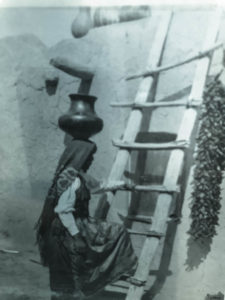
Traditional pottery was molded to allow it to be carried on one’s head.
Once the shape is formed, it dries for a few days. As the clay firms, it needs to be “packed” a process of running a sharp object over every inch of clay, carefully smoothing and removing any air pockets that could trap moisture and cause the clay to crack or explode. Any designs are added at this stage.
Many of the designs reflect the spirit of the land and sky. The teardrop shaped piece in the back of the picture combines elements of wind, sky and earth.
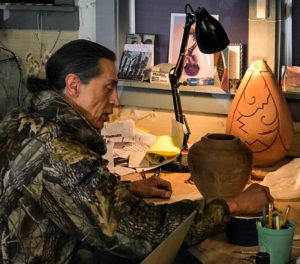
Jeff Roller explaining the coil method of creating pottery and the process of packing the clay before it is fired.
The completed piece is decorated, Jeff explains, then dried. Some of the traditional designs include:
Avanyu or Water Serpent which represents nature in the form of lightening, waves, clouds, waterways, and mountains
Kee Mang, or Bear Paw. The bear and his path are sacred in Indian mythology.
K’ung or Feather, showing respect for birds
Kwa: tube ba’a or rainbow representing the Milky Way in the galaxy, around the earth.
The selection and style of carving is up to the individual artist. Toni Roller, in her book Indian Pottery, describes her own style:
“I have my own style of carving which is very narrow and not too deep, in comparison to other potters. Some people might refer to my carved designs as incised.
After I finish carving on a piece, which could take many hours…I then put it aside for a few days to let it completely dry out…In drying, the clay shrinks a lot, so this must be considered in the size when making the pottery and also in the design sizes and spaces. Knowing about how much a piece will shrink comes from experience with each different size and shape.”
Once the pottery is thoroughly dry (a process that takes about two weeks) it is sanded, starting with a medium grade of sandpaper and progressing to a much finer one. During sanding the discovery of a crack or hole means the piece must be abandoned.
The sanded piece is washed inside and out to remove any dust. Then a slip–a natural clay slurry–is painted on the pottery. The slip must be applied, layer by layer, then polished before it can dry. Polishing with smooth stones, or burnishing, is a tedious and time consuming process that has to be done just so to result in a perfect piece. Toni Roller notes:
“The feel of how the stone will slide across the surface and how the shine looks tells me if I have enough slip painted on. The polishing must be done before the slip dries, because the stone would stick and rub off the finish when it is too dry. I learn from experience how much slip to use and how long it takes to polish an area with a stone.”
Polishing may use various stones of various sizes, including some good luck stones handed down through the family. Depending on the piece, it may mean polishing both the inside and outside. This stage is a delicate balance between application of the wet slip and the rate at which it is drying.
From Toni Roller’s book Indian Pottery:
“Now after having completely polished a piece of pottery with the stones, I paint more slip inside all the incised carvings where I want the surface to stay a matte gray after it is fired. I can also paint any other design…A yucca leaf can be used…I must be very careful not to drop any slip on the polished pottery…that would mean I would have to wash the slip off the complete pot…and polish it all over again, losing many hours.”
In addition to the density of the slip, the color of the slip is a key determinant of the color of the finished piece. A reddish slip will yield the glossy black pottery so prized from the Santa Clara Pueblo. An ever brighter slip will finish red. Variations in color within the same piece are also achieved by shielding portions of the clay as it is being fired.
From Fire Art Is Born
The firing process is as dramatic as it is elemental. And out of fire, comes art.
Like all the steps that lead up to this point, there is great detail and nuance in each stage of creation. Firing demands careful attention to a range of issues, from moisture (which can cause the pottery to break), to the types of fuels, and the management of the burn.
A metal grate is placed over a hot cedar fire. The pottery is carefully placed in the grate.
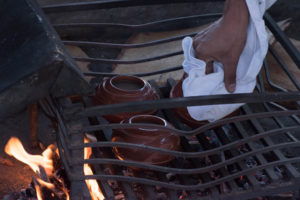
The pottery is placed on the grate over the cedar fire.
Then pine pieces are placed along the sides, encasing the clay in heat. The pine burns more slowly than the cedar, allowing the clay to cure. The fire needs ongoing tending and attention to be sure the right amount of heat is maintained, for the proper amount of time.
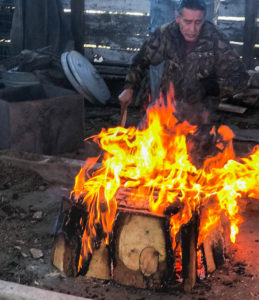
The carefully prepared pieces are fired using a combination of cedar and pine for fuel.
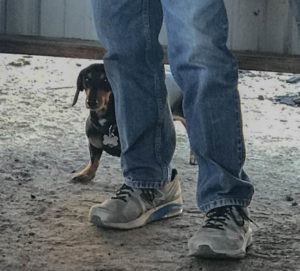
Everyone watches the roaring fire with great interest.
When the process is near its conclusion, the air is withdrawn from the fire using manure. The manure is shoveled over the raging kiln, exhausting the oxygen supply. This sudden removal of oxygen creates the deep rich glaze that Santa Clara Pueblo Pottery is famous for.
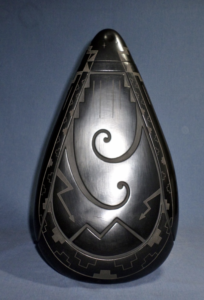
Teardrop Vase with the highly prized black finish of the Santa Clara Pueblo Pottery
After firing, the pottery is cooled, washed and cleaned. Only then is the end product of many hours, days and weeks of artistic effort apparent.
I found the process of following the pottery from earth, to artist, through fire to be both primal and highly sophisticated. What results is a unique piece with a story and lineage suitable to such an ancient people and art. I am deeply grateful to the Roller family for sharing their passion and pottery.
Indian Market
Jeff Roller and his family will be at Indian Market this year, as always.
Indian Market is an incredible display of indigenous art and events. It’s one of the ways that the traditions are kept alive, generation to generation. Over one hundred thousand people are expected to attend this internationally acclaimed show and I look forward to being one of them. Join me vicariously as I film, write and share. Sign up on the form below to be notified as new stories are posted.
All pottery pictures are compliments of Jeff Roller. You can see more of his work on his website, www.jeffroller.com.
More Reading on Santa Fe and Environs:
Winter in a Santa Fe Casita
Santa Fe via Las Vegas, N.M.
Photo Mission: Cold
Photo Mission: Winter at Taos Pueblo
The Art, Culture and Beauty of Santa Fe, N.M.
Ojo Caliente, Wind Chimes and Waters
The Zen of Upaya
Winter Zen in Santa Fe: Upaya and Ojo Caliente
Like This Post? Pin It!
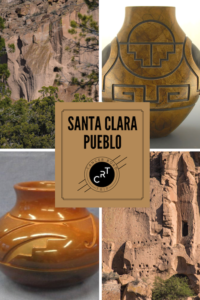
If you’re interested in learning more about photography (or cooking or film or any number of topics) check out Masterclass for on-line excellence:
What is #CancerRoadTrip and how did it come to be? Read this post to get the backstory!
Follow me on Twitter, Pinterest, Instagram, and at Anti-Cancer Club. Connect with me! I may need a place or two to stay along the way!

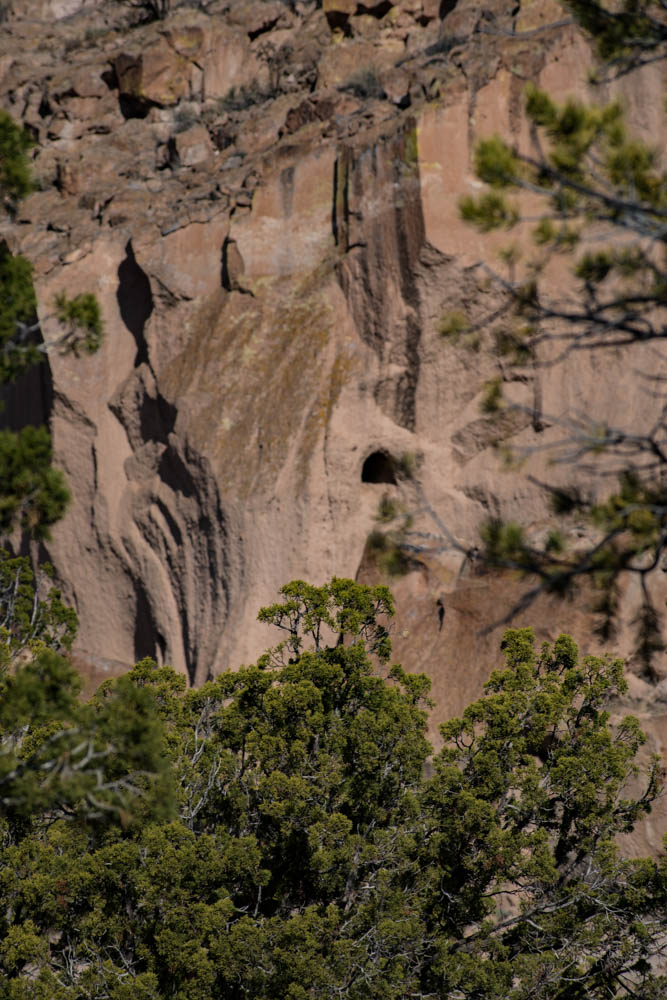

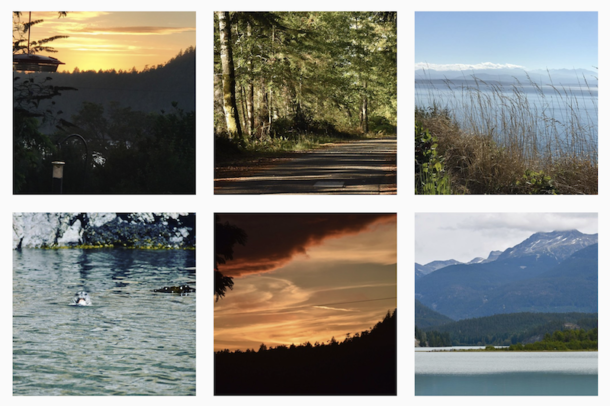
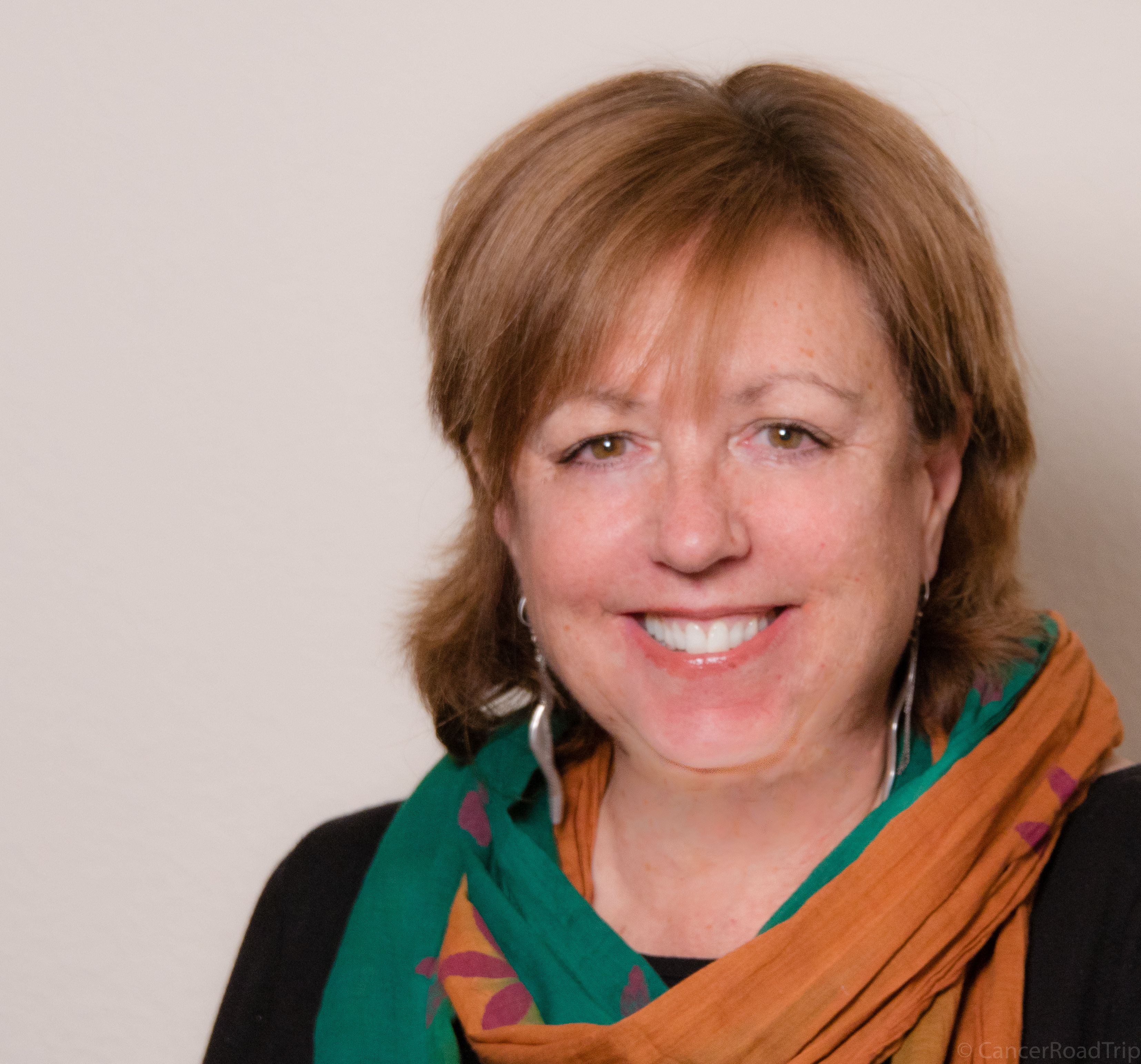
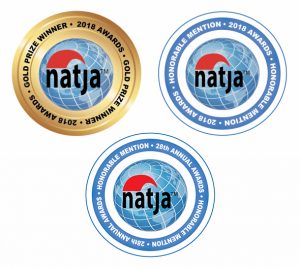





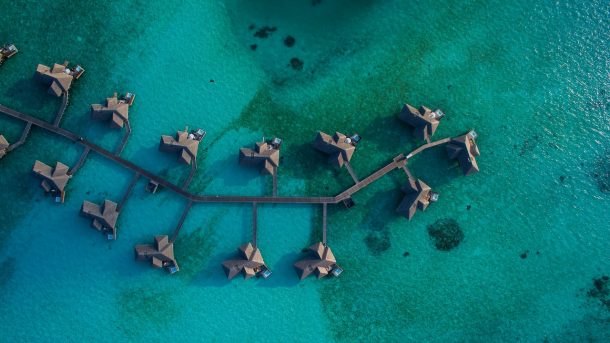
https://www.amazon.com/Appetite-America-Business-Civilizing-West-One-ebook/dp/B0036S4A7M/ref=sr_1_2?ie=UTF8&qid=1524770141&sr=8-2&keywords=fred+harvey+history